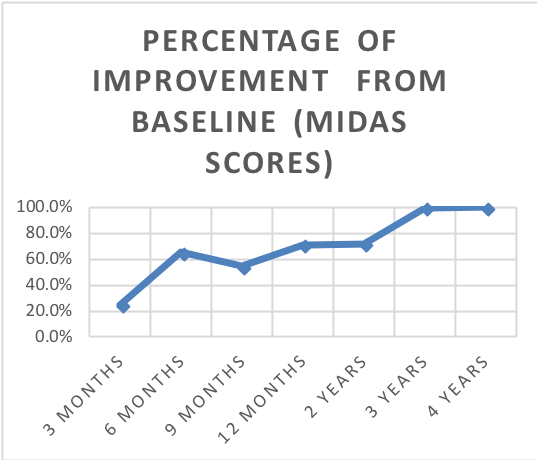When non-pharmaceutical treatments and behavioral changes don’t alleviate migraine symptoms, we might recommend surgery.
At UT Southwestern Medical Center, we recognize the toll that migraines can take on a patient’s life. Our team of neurology experts offers innovative migraine surgery techniques to help patients move past the pain.
Dr. Bardia Amirlak, a peripheral nerve surgeon, specializes in treating patients with chronic migraines. He has worked closely with the pioneer of migraine surgery and has extensive experience in this area.
Anatomical Regional Targeted (ART) Botox Method
In 2010, the FDA approved Botox injections as a treatment for migraine headaches. The traditional method of Botox injection delivers Botox superficially at various known points of pain throughout the head. In 2016, Dr. Amirlak pioneered a new method of Botox injection called Anatomical Regional Targeted (ART) injection. This approach allows for targeted regional injection of Botox at the patient’s site of pain. The ART Botox technique differs from the traditional method in that Botox is injected only into sites in which there is pain, and in a much deeper fashion to target the peripheral nerves that are hypothesized to be causing the pain.
Surgical Treatments for Migraines
Our team works closely with patients who require surgery for chronic migraines to develop a treatment plan that works for their needs.
During migraine surgery, Dr. Amirlak decompresses the peripheral nerve associated with the area in which the patient experiences migraines, with a goal of releasing the pressure points around the nerve fibers. In many patients, this alleviates or decreases the intensity of future migraine or other persistent headaches.
The specific type of surgery depends on the nature of the migraines.
Forehead headaches
Pain associated with forehead headaches typically starts above the eyebrows. Surgery involves decompressing the peripheral nerves that are compressed by the muscles around the eyebrow.
Temporal headaches
Pain originates in the temples and might spread upward or downward toward the ears. Treatment involves decompressing two nerves in this area that are compressed by the fascia around the temples and temporal vessels.
Rhinogenic headaches
Pain originates behind the eye, usually from enlarged turbinates that are in contact with the nasal septum. These migraines can be treated in one of the following ways:
- Septoplasty: a surgical procedure that corrects a deviated septum
- Turbinectomy: the removal of bone and soft tissue in the nasal passages
Occipital headaches
Pain originates in the back of the head and/or neck. For these patients, Dr. Amirlak has developed a unique method that expands on the traditional method. He uses an endoscope to better visualize areas of compression along the greater occipital nerve, allowing him to decompress and shut off the small branches of the occipital artery to alleviate pain.


